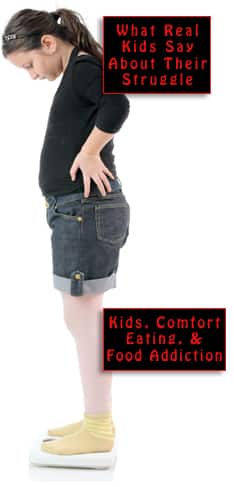
The previous post left off with Dr. Nicole McLean speaking of how pediatricians and other healthcare providers need to avoid stigmatizing language when talking with parents and children. Along with language, racial disparity is an enormous area of concern.
The first, having to do with the tone and precise phrasing of weight-related discussions, is very much under the control of individual practitioners. The second is of course partly controllable by health care providers, but the influence they can exert is quite small when stacked up against an imposing historical background and a societal mindset that often seems to be intractable.
We also mentioned how talk therapy has not been particularly effective, which is not totally due to the choice of language. Yet at present, a formula that includes a lot of talk seems to be the best thing on offer. For The New York Times, Catherine Pearson reported on what has been described as “the most effective behavioral treatment for children with obesity who are six and older,” which is enrollment into an intensive program concentrating on health behavior and lifestyle treatment.
Such programs are found in community hospitals, specialized obesity treatment clinics, and medical centers connected with universities. The specialists involved include, naturally, nutritionists, along with social workers and exercise physiologists. The ideal course of treatment must include at least 26 hours of in-person counseling with the whole family.
The fly in this ointment is that such programs are scarce, and even if they are available, few families have the resources to devote that much time, or to organize the travel arrangements. There was even a question about whether to include this item in the AAP recommendations at all, since it was felt that the majority of families would not be able to find an appropriate program or manage the logistics of attendance.
On the other hand, it is the organization’s responsibility to recommend whatever seems to be the best course of action. Dr. Sarah Hampl of Children’s Mercy Hospital is quoted as saying, “We have to lead with the evidence, because that is what we were charged to do.”
Journalist Caroline Kee interviewed and quoted Dr. Sarah Armstrong of the American Academy of Pediatrics:
“Childhood obesity has been continuing to increase almost in all age groups, races/ethnicities and sexes for the past 30 years.” Existing racial and ethnic disparities in obesity prevalence have also widened over time, and the pandemic was like a “magnifying lens” on these trends, she adds. “We saw greater year-to-year increases in the prevalence of obesity for all children during the pandemic years than we had in the previous 20 years combined.
Your responses and feedback are welcome!
Source: “Children with obesity should get proactive treatment,” 6abc.com, 01/10/23
Source: “New Guidelines Underscore How Complicated Childhood Obesity Is for Patients and Providers,” NYTimes.com, 01/20/23
Source: “New AAP childhood obesity guidance includes medication, surgery: What parents should know.” Today.com, 01/11/23
Image by Quinn Dombrowski/CC BY-SA 2.0

 FAQs and Media Requests:
FAQs and Media Requests: 











